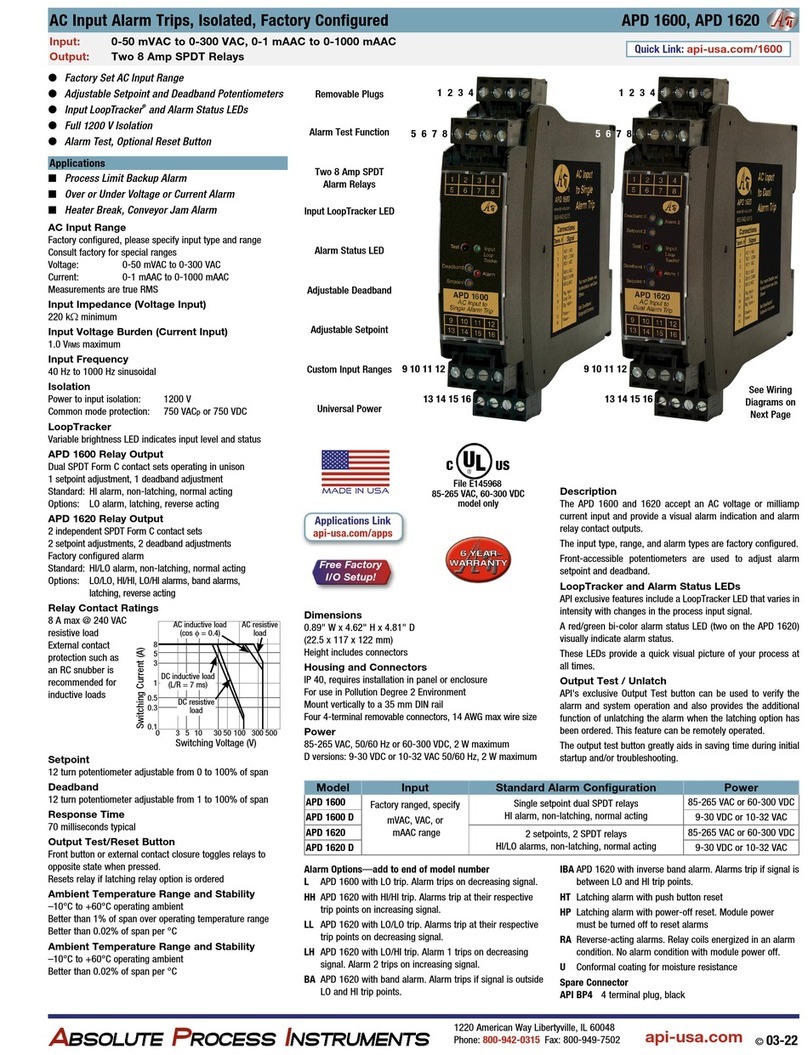MANUAL IM635
Table of Contents Page 3
SHOW COUNTER .................................................................................................................................20
SET COUNTER .....................................................................................................................................20
6.4. 488.2 Common Commands ..................................................................................................................20
*CLS ...................................................................................................................................................20
*IDN? .................................................................................................................................................20
*OPC ..................................................................................................................................................21
*OPC?.................................................................................................................................................21
*ESR? .................................................................................................................................................21
*RST...................................................................................................................................................21
*TST? .................................................................................................................................................21
*SRE...................................................................................................................................................22
*SRE? .................................................................................................................................................22
*ESE ...................................................................................................................................................22
*ESE? .................................................................................................................................................22
ERR?...................................................................................................................................................22
LLO.....................................................................................................................................................23
LLO? ...................................................................................................................................................23
6.5. Setup and Configuration Commands.....................................................................................................23
SET EOS..............................................................................................................................................23
6.5.1 Serial Port ......................................................................................................................................24
SET SERIAL BAUDRATE........................................................................................................................24
SET SERIAL FLOW ...............................................................................................................................24
6.5.2 Network.........................................................................................................................................24
SET IPADDR ........................................................................................................................................24
SET GPIB ADDR [address]....................................................................................................................25
SET DHCP ...........................................................................................................................................25
SET AUTOIP ........................................................................................................................................25
SET NETMASK .....................................................................................................................................26
SET GATEWAY.....................................................................................................................................26
SET TCP CONNECT ..............................................................................................................................26
SET TCP SERVER .................................................................................................................................26
SET TCP KEEPALIVE.............................................................................................................................26
SET TCP TIMEOUT...............................................................................................................................27
SET TCP ECHO ....................................................................................................................................27
SET UDP SERVER.................................................................................................................................27
SET TELNET ........................................................................................................................................27
SET NETSTAT ......................................................................................................................................28
IPCONFIG? ..........................................................................................................................................28
6.6. Macro Commands ...............................................................................................................................28
MACRO OPEN ......................................................................................................................................28
MACRO CLOSE.....................................................................................................................................28




























